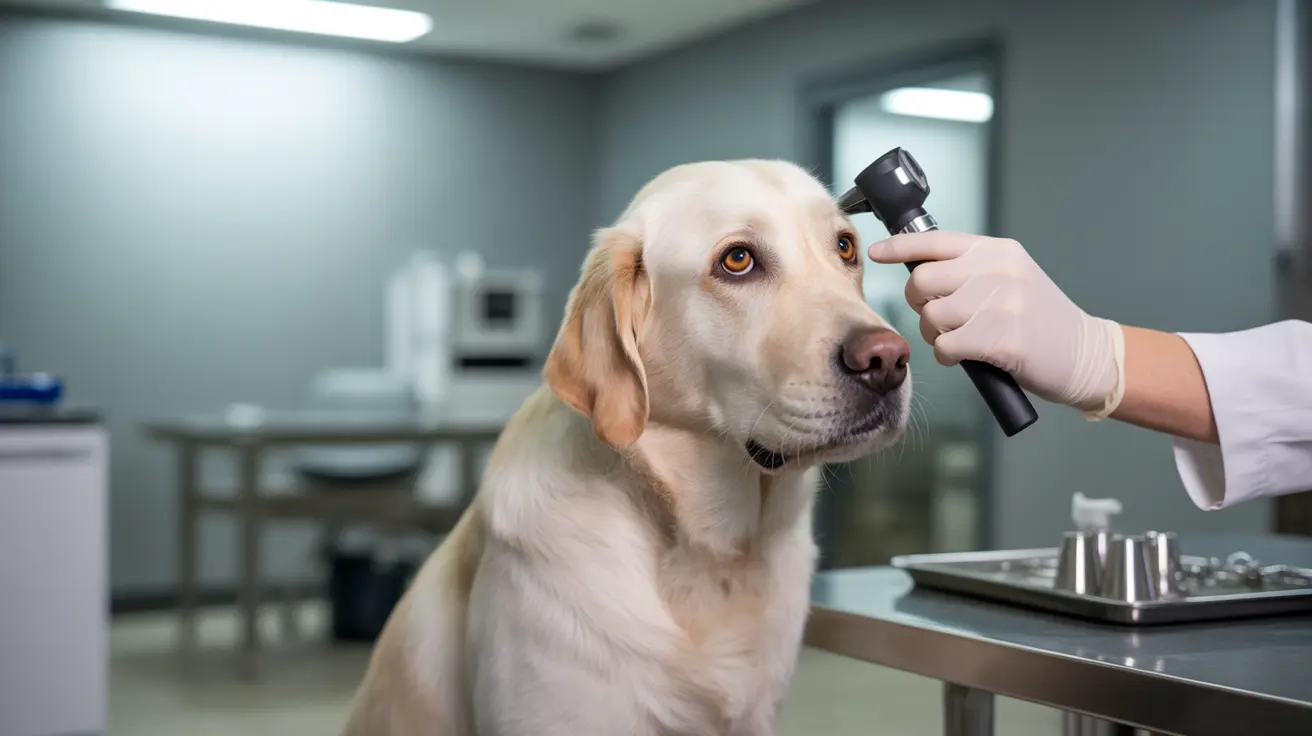How to Safely Remove Skin Tags on Dogs
Skin tags, also known as acrochordons or fibrovascular papillomas, are common benign growths that many dog owners encounter. They can appear anywhere on a dog’s body, frequently developing in areas subjected to friction like the neck, armpits, chest, and groin. While most skin tags are harmless, some may become irritated or infected, requiring medical attention.
Understanding Skin Tags on Dogs
These growths generally present as soft, flesh-colored protrusions attached by a narrow stalk. They come in various shapes and sizes but typically stay smaller than a few millimeters. Key characteristics include:
- Hairless or sparsely haired surface
- Color similar to the dog’s skin (sometimes slightly darker)
- Flexible and soft to the touch
- Often painless unless irritated or located in a high-friction area
While skin tags are non-cancerous, distinguishing them from other skin issues is crucial.
How to Differentiate Skin Tags from Other Growths
Proper identification is key before considering removal. Common lookalikes include:
- Warts – Typically firmer and rounder
- Cysts – Larger and often deeply set under the skin
- Ticks – Have legs and can be mistaken unless closely examined
- Moles or tumors – May change shape or color, grow rapidly, or become ulcerated
- Nipples – Especially in female dogs, can be confused with skin tags if symmetrical
Watch for warning signs such as bleeding, redness, rapid growth, or pain. If any of these occur, immediate veterinary evaluation is advised.
Veterinary Diagnosis and Treatment Options
Veterinarians can usually diagnose skin tags through physical examination. In unclear cases, they may recommend:
- Fine needle aspiration to sample cells
- Biopsy to rule out malignancy
If the tag causes discomfort or becomes problematic, several removal options exist, including:
- Surgical excision – The tag is cut off under anesthesia
- Cryotherapy – Freezing the tag off with liquid nitrogen
- Cauterization – Burning the tag off for small and superficial tags
Never attempt removal at home. Doing so can cause pain, infection, or might leave an underlying issue undiagnosed. Skin tags can easily become a point of unnecessary concern if handled improperly.
When Removal Is Necessary
Most skin tags are cosmetic and benign, but removal may be warranted if:
- Tag is injured or bleeding
- Located in a high-friction area
- Causes the dog to lick, scratch, or show signs of pain
- Risk of infection due to frequent trauma
In these cases, your vet will guide you in choosing the safest removal method.
Preventing Skin Tags on Dogs
While it’s not always possible to prevent them, certain measures may lower the risk:
- Regular grooming and skin checks
- Keeping skin folds clean to prevent irritation
- Using well-fitting collars and harnesses to minimize friction
- Providing soft, cushioned bedding for resting
- Maintaining a healthy weight to limit skin folding
- Managing skin conditions e.g., allergies or infections
If your dog is of a breed predisposed to skin tags — such as Boxers, Bulldogs, Cocker Spaniels, or Schnauzers — monitoring is even more essential.
Monitoring and Record Keeping
Create a journal to record:
- Location of each skin tag
- Size and appearance changes
- New growths that appear suddenly
This helps detect any concerning developments early and supports your vet in offering informed care.
Conclusion
Most skin tags on dogs are harmless and do not require intervention. However, knowing when to seek professional help ensures your pet’s comfort and wellbeing. Rely on your veterinarian’s expertise for diagnosis and treatment and avoid DIY removal. With simple skin care routines and regular checks, you can keep your furry friend healthy and happy.





